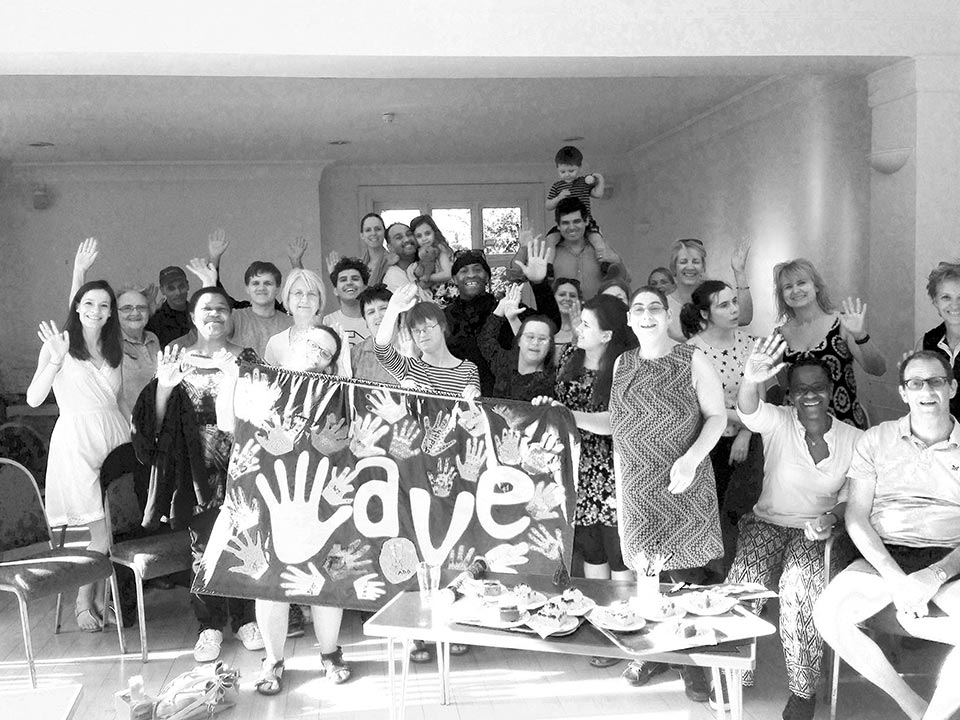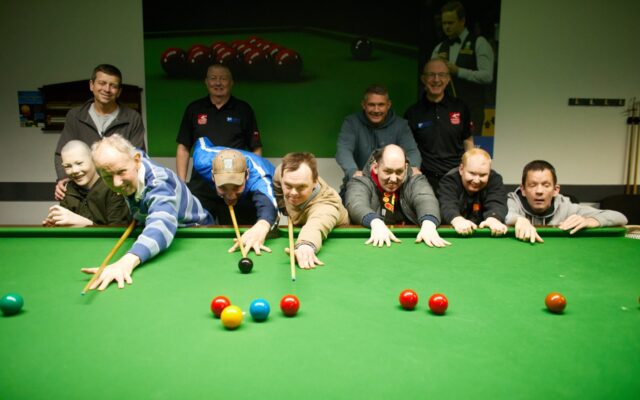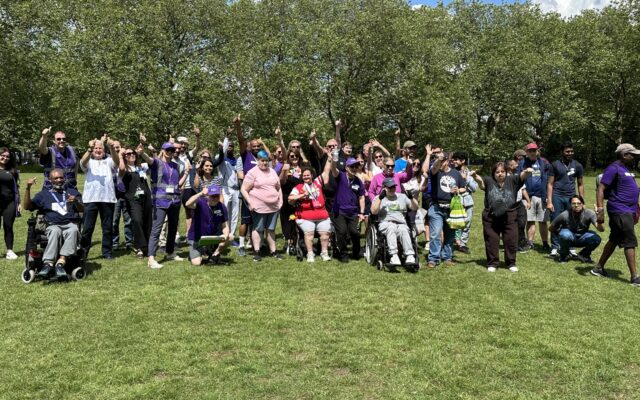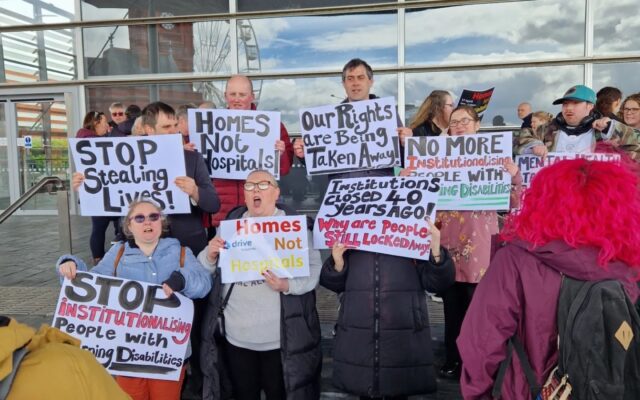It’s more than 50 years since inclusion appeared in the formal policy lexicon. The 1971 white paper Better Services for the Mentally Handicapped made it a “general principle” that “mentally handicapped children and adults should not be segregated unnecessarily… from the general life of the local community” (apologies for what is now considered insulting language).
Progress since then has been slow and halting. In the last issue, Chris Goodey wrote powerfully about schools that start a life of segregation. A survey published by Hft in 2021 found that more than 30 per cent of adults with learning disabilities did not feel part of their community and felt lonely most of the time.
There are some current initiatives that might help address this. What they have in common is that they avoid what I call insertion – an expectation that people with learning disabilities will enter spaces run by and for non-disabled people.
Instead, they set out to create spaces for adults and children with learning disabilities that also attract people without learning disabilities.
Waving hello
The first of these inspiring examples is Wave, a north London social enterprise founded by people who have a disabled child, bringing people with and without learning disabilities together.
What is unusual if not unique about Wave – We’re All Valued Equally – is its ethos to create spaces for people with learning disabilities and their families, with a warm welcome for everyone else.
People visit the Wave Café in Muswell Hill to enjoy drop-in art activities, yoga and good-value vegan and vegetarian community lunches.
Wave is also a church in Little Ilford in east London, with a monthly service for everyone, carefully geared to people with autism and complex needs.
I worked with Fatos Tezal, Marisa AG and Jess Hardie. an inclusive team of newbie researchers, to develop tools to assess Wave’s impact. We found very high levels of satisfaction around feeling comfortable, meeting new people and having a sense of belonging. Wave is terrestrial, relying on meeting people face to face. What a joy that is.
Wave is presently confined to parts of London, but let’s not forget that social movements can take off if they hit the right note. Within 10 years of its founding, Mencap had 167 branches across the British Isles. And that was in the days before social media.
Learning theory behind experience
My other example of pushing boundaries of inclusion is in the academic space, based on the widespread adoption of online activity by people with learning disabilities – a longer lasting benefit of the pandemic.
There are several examples. The one I will focus on is Big Ideas that Changed the World of Disability. This is about explaining the big ideas – theories – to those most affected by them but who rarely have the opportunity to know what these ideas are.
The idea was pioneered by Dr Nicola Grove and Professor Gertraud Kremsner as face-to-face workshops but, during the pandemic, modest funding from the Open University and the University of Leipzig meant we could open it up via Zoom to self-advocates, support people and academics in England, Wales and Germany.
It was fabulous. We were fortunate enough to persuade Tom Shakespeare to kick off with the Social Model of Disability. Other Big Ideas we shared were Paolo Freire on Learning, Gertrude Spivak on Who is Allowed to Speak, Karl Marx’s reserve army of labour theory – which really does help explain why people with learning disabilities sit on the boundaries of the labour market – normalisation and social role valorisation (Who is Normal?), and, rather anxiously, eugenics – or Who is Allowed to Live?, presented by Community LIving editor Simon Jarrett.
Each Big Idea session included a pre-circulated, easy-read handout, an illustrated lecture and a game devised by Nicola Grove.
Cinderella silenced
A highlight was a role play of Cinderella to illustrate Spivak’s Who is Allowed to Speak? If you think about it, no one allows poor Cinders to speak, neither the wicked stepmother nor the ugly sisters, the handsome prince or the fairy godmother.
Cinders is silenced by those who loathe her and those who love her. Sound familiar? It did to many of the audience.
After the Who is Normal? workshop, one person fed back: “The whole Idea of normal doesn’t make sense. It becomes normal that I don’t fit in what is normal.
“Today, I enjoy going out for karaoke. That hasn’t been like this my entire life. In my younger years I was bullied and so I spent hours playing computer games and just going out with mom and dad – till in my early 20s when things started changing because I came into groups like People First.”
What an indictment of special schools that haven’t helped people understand the theories that shape their experience.
Our ambition is to extend the series to more thinkers and make it accessible to lots more people, ideally through a free Open University online course.
Big Ideas is but one of many initiatives in academia that are pushing the boundaries of inclusion in unprecedented ways. I have no doubt that those boundaries will continue to be pushed, and long may we continue to do so.





